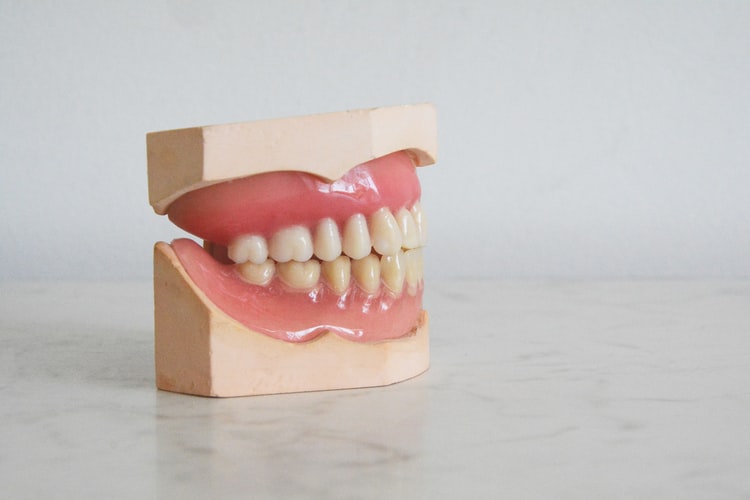Is It Normal for Your Teeth to Move?
Just like the rest of your body, your mouth and your teeth are constantly changing. It might seem surprising, but you probably have noticed that one or two of your teeth are not positioned where they used to be. It helps to understand what happens in your mouth and face so you know what to expect and what to do with it. Read on to learn more about teeth shifting and the reasons it can happen.
Why Do Teeth Shift?
- Aging. Your teeth are enveloped by your tongue on the inside and cheeks and lips on the outside. Generally, aging tightens the lips, applying more outside pressure on the tooth and leading to more crowding. Lip aging also affects the smile, so you tend to show lower teeth and fewer upper teeth as you grow older.
- Bone loss and periodontal disease. Periodontal disease is the inflammation of bone and gum tissue around the teeth. This leads to bone loss over the teeth, which means there will be less support for the teeth. One common consequence of this is teeth shifting, which usually causes gaps between teeth.
- Orthodontic treatment. Your teeth are in their most stable position where they are now. Getting braces places the teeth in a position that is less stable, making them more prone to shifting right after the orthodontic treatment. This is why wearing retainers are very important.
- The lower jaw width shrinks over time. Over the years, your lower jaw will grow smaller in width, particularly in the area between your lower canines. As a result, your lower front teeth become more crowded over time.
- The lower jaw does not stop growing. Your jaw continues to move forward throughout life. Although small in magnitude and slow, this forward growth results in your lower front teeth bumping with the upper front teeth. As a result, your lower front teeth get crowded or your upper front teeth space out. This can happen if you are not using any retainers. Otherwise, if left unattended, the gap in your upper front teeth widens, while your lower teeth get more crowded.
- Tooth loss and dental procedures. Just like your jaw, teeth also continue to grow throughout life. Once a tooth is removed, the teeth beside and opposite it will shift to the newly created space. For instance, if the lower first molar is removed, the lower second molar may start to shift forward, and the upper first molar will slowly drop into space.
- Tooth wear and grinding. Clenching or gnashing your teeth is a destructive habit that can lead to excessive tooth wear and damage to the tissues around the teeth. Otherwise called bruxism, you end up with bite changes, shorter teeth, and – in severe cases – facial changes.
Stopping Teeth Shifting
- Keep your teeth and mouth healthy. Maintaining good oral health decreases the chances of periodontal disease and tooth loss. This is why it is important to regularly visit your dentist and get routine procedures.
- Address chronic grinding and other bite problems. There might not have any cure for teeth grinding but there are ways to protect your teeth from its harmful effects, such as wearing nightguards.
- Orthodontic treatment. Any issues with your teeth’ position will never get better or resolve themselves. In fact, it can even get worse over time. Dental spacing or crowding should be addressed when possible with orthodontics.
- Wear your retainers. Retainers offer the best way to stop your teeth from shifting. Retainers are available in various forms and designs and should be worn for life to maintain that beautiful smile.
If you notice your teeth are starting to shift and you are not sure what to do about it, schedule an appointment with your dentist as soon as you can. It is important that these issues are immediately addressed to prevent further problems and complications.
Summary

Article Name
Is It Normal for Your Teeth to Move?
Description
f your body, your mouth, and your teeth are constantly changing. It might seem surprising, but you probably have noticed that one or two of your teeth are not positioned where they used to be. It helps to understand what happens in your mouth and face so you know what to expect and what to do with it.
Author
James Franklin
Publisher Name
D.Dental
Publisher Logo




 |
|